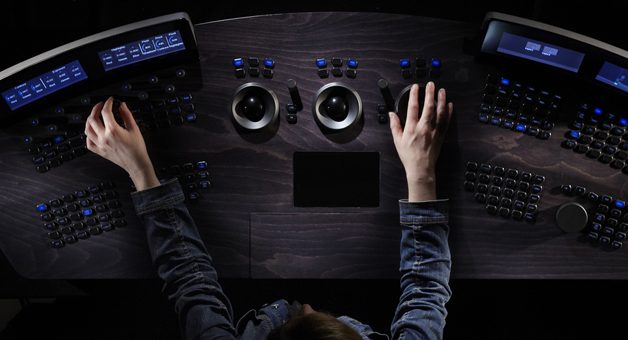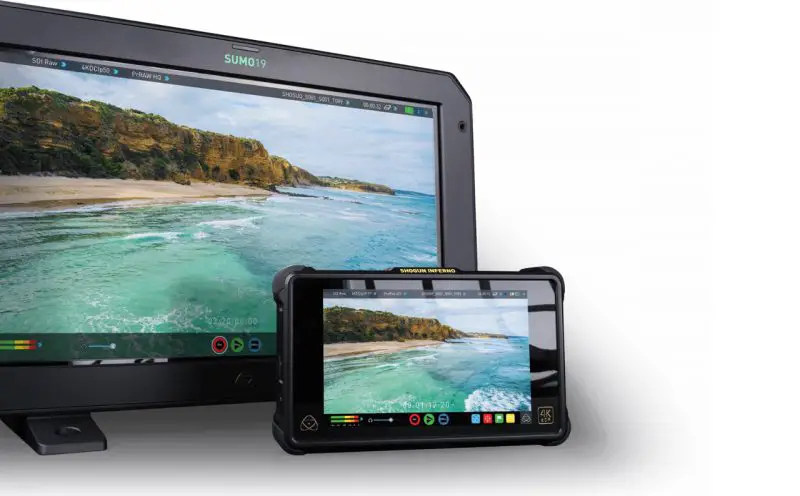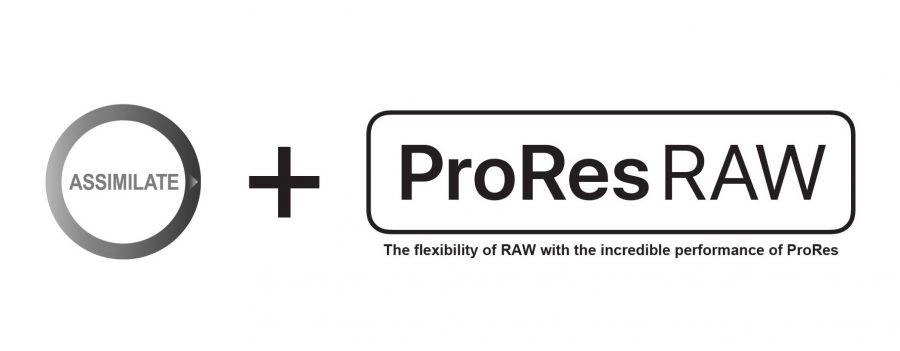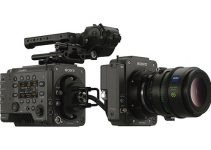Ever since its worldwide unveiling a year ago, ProRes Raw and industry-wide adoption has been one of the most discussed topics in the post-production world.
NAB 2019 came and went by very quickly, but in the midst of lenses and camera announcements, a few post-production companies – FilmLight, makers of colour-grading software Baselight – a mainstay in big post-houses specializing in high-end Hollywood work and commercials, as well as Assimilate, announced their plans to natively support the newest RAW format.
According to a recent press release, FilmLight say their latest version of the core Baselight (version 5.2) now offers native support for ProRes RAW.

Image by FilmLight
This marks one of the first full implementations of the ProRes RAW format from a world-leading professional colour grading application. The high-quality ProRes RAW format is now available on cameras from a wide range of vendors, including Canon, Panasonic and Nikon via Atomos recorders such as the new Atomos Shogun 7 and Sumo19, as well as directly in-camera on the DJI Inspire 2 with the Zenmuse X7 gimbal camera.
“Our philosophy has always been to provide the tools that our users need,” said Wolfgang Lempp, CEO at FilmLight. “Apple ProRes RAW is a powerful, very high quality, standardised way of handling raw camera outputs that is ideal for high-dynamic-range (HDR) content creation, and controlling the colour from set to post is extremely important to production and post pipelines. We naturally wanted to provide native support as soon as possible.”

Images by Atomos
Since ProRes RAW directly encodes the Bayer pattern image from the camera sensor, the format provides access to the full high dynamic range imagery in our software. That means greater control of the contrast and colour but within a compact and manageable file size.
“ProRes RAW is designed for un-compromised top-end projects,” said Phil Barrett, Senior Software Engineer at FilmLight. “It does not compromise image quality to meet a target data rate: so if the detail in an image needs more data, then it gets it. ProRes RAW was designed so that every frame maintains constant and immaculate image quality. That is why ProRes RAW is going to be a really important format for very high-quality acquisition, particularly for HDR projects.”
From set to finishing, FilmLight has implemented support for ProRes RAW in the core 5.2 Baselight software, available at every stage of the pipeline – from ingest, to editorial and grading.
To learn more about Baselight head over to FilmLight’s website here.

Image by Assimilate
Assimilate also recently announced its SCRATCH software family is among the first to support Apple’s new ProRes RAW acquisition and compression format.
Dailies and post-production artists will now be able to read and import ProRes RAW files into SCRATCH for streamlined workflows, from dailies through post-production.
Jeff Edson, CEO at Assimilate, explained:
“Apple’s ProRes RAW announcement is significant for a number of reasons. The ProRes codec is the most widely used compression format for acquisition, editing, and delivery, worldwide, because it simplifies the camera to delivery process. At the same time, numerous RAW camera formats are available today, which work well for in-depth analyzing of data for their specific product line.
Currently all camera manufacturers write their own SDKs for their proprietary RAW formats. There is potential for ProRes RAW to become a ubiquitous camera format, which means camera manufacturers would no longer need to develop the variety of SDKs, resulting in significant cost savings, lowering the barrier to entry, and streamlining the camera workflow.
This would also be advantageous to all DITs and post artists who would benefit by streamlining their workflows by working with a ubiquitous file format rather than the large variety that exists today, thus saving time, money, and enabling faster time to market.”
The Assimilate SCRATCH suite and workflow is resolution independent and currently supports a huge range of camera and professional file formats on the market.
Will ProRes RAW come to Adobe Premiere Pro soon? Or maybe even DaVinci Resolve? While we may have to wait a bit for the former, the latter seems less likely as Blackmagic Design already has their own competing format Blackmagic Raw, which leverages the speed of Resolve greatly.
Disclaimer: As an Amazon Associate partner and participant in B&H and Adorama Affiliate programmes, we earn a small comission from each purchase made through the affiliate links listed above at no additional cost to you.


